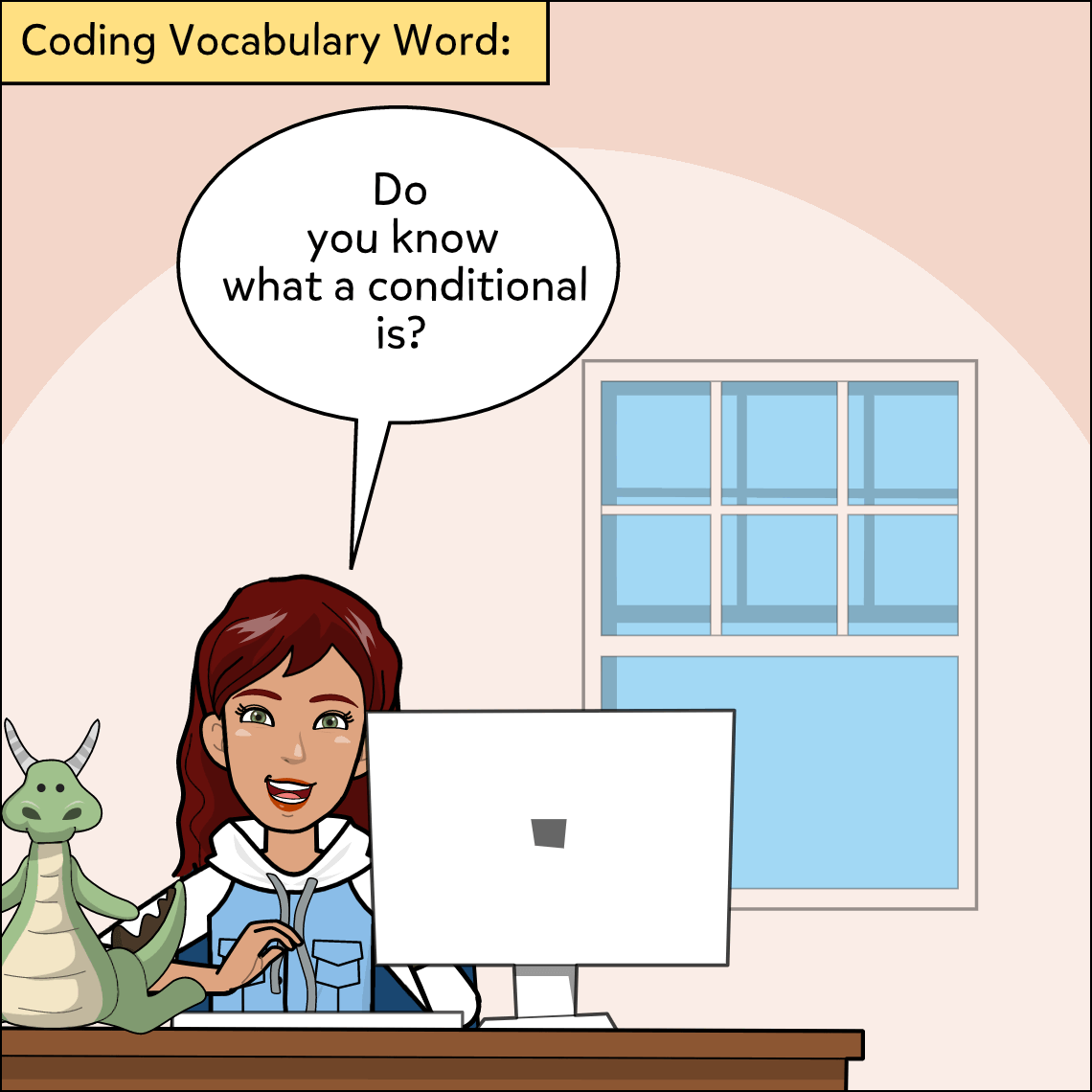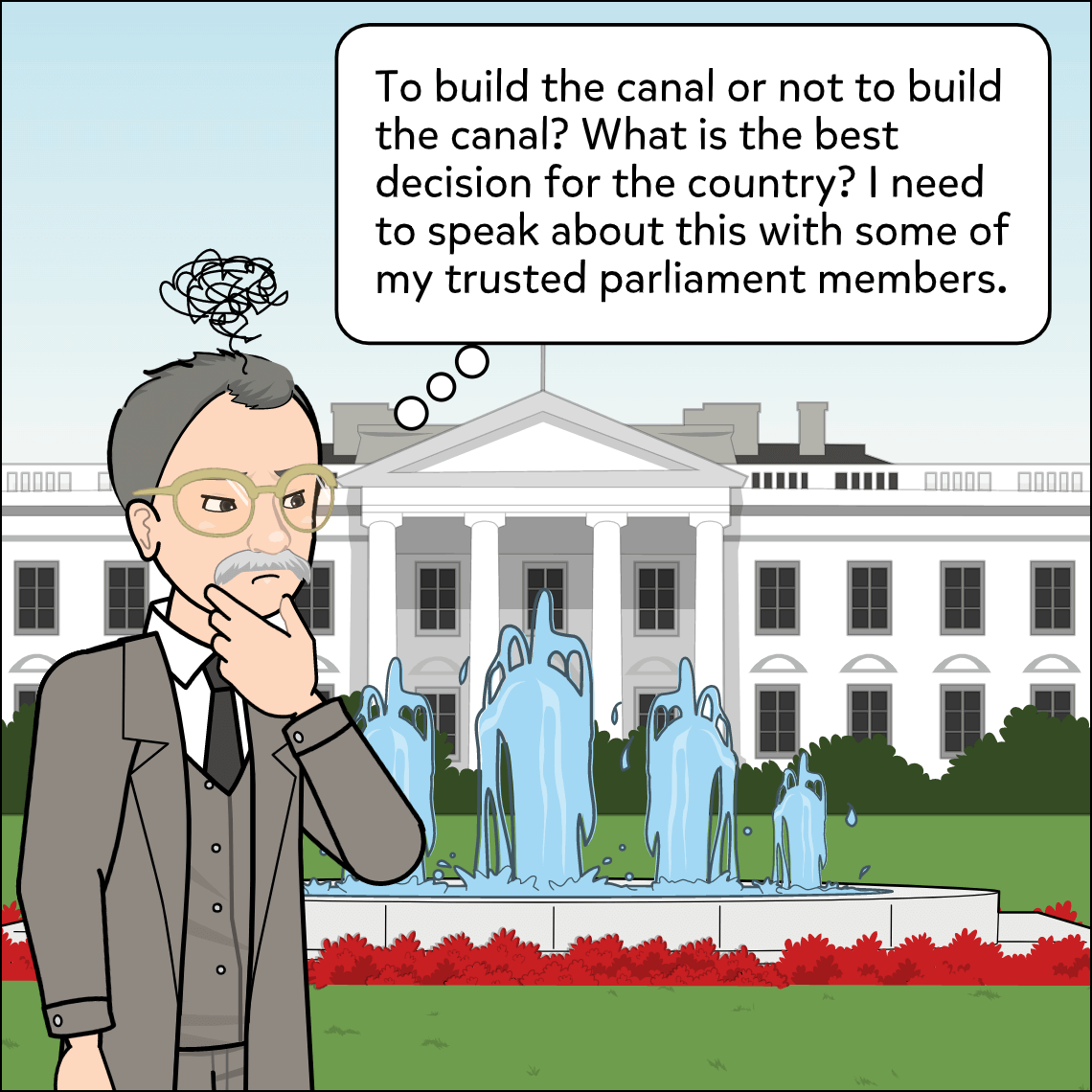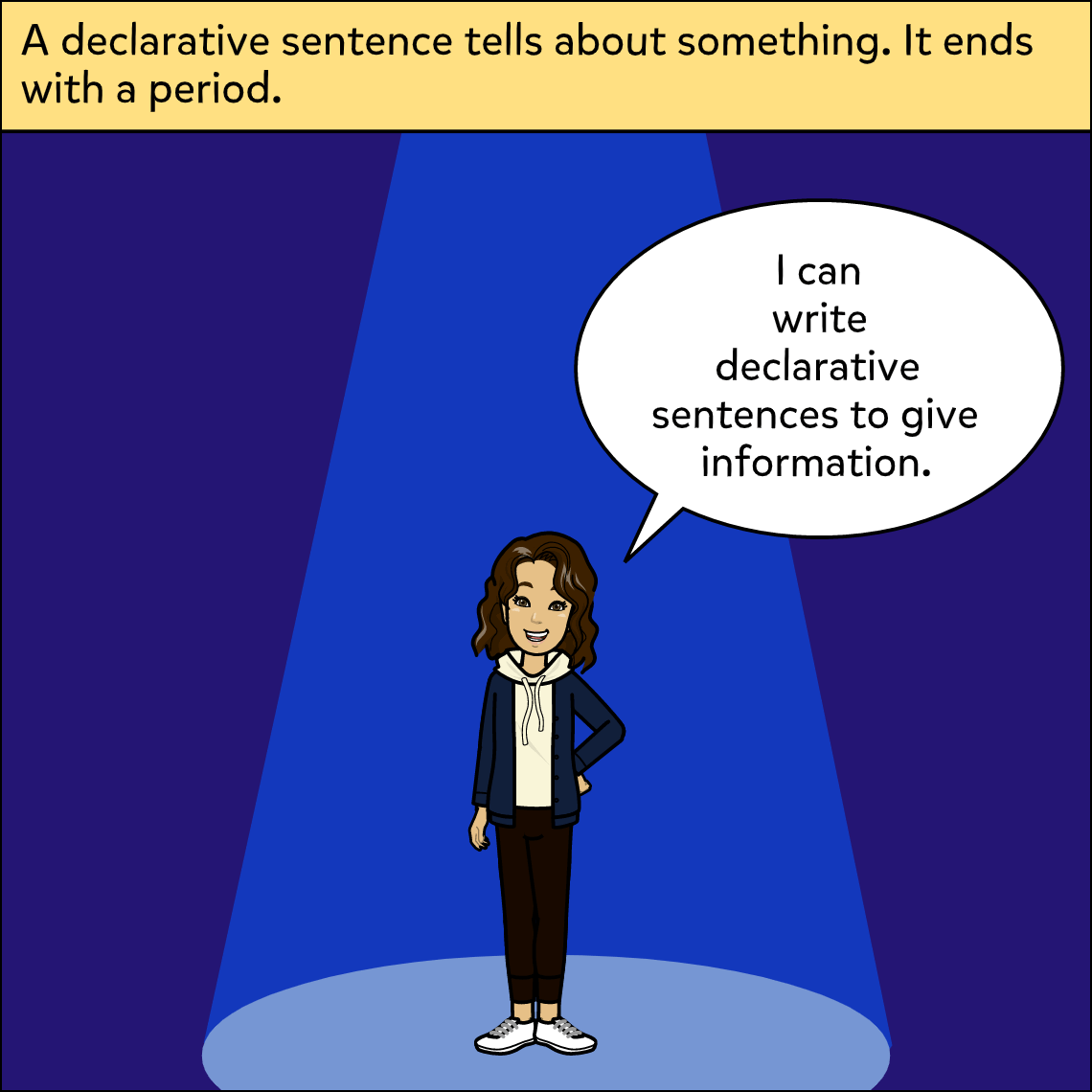Subject: Social Studies
Lesson Length: 1 - 2 hours
Topic: Strategies to Enact Change
Brief Description: Students will explore various deliberative and democratic strategies and procedures used to take action in their school or community to create positive change.
Know Before You Start: Students should be familiar with a basic understanding of the concept of democracy and some familiarity with the decision-making process.
Hook:
- Ask students:
- ”Have you ever wanted to make a change in your school or community? How did you go about trying to make that change happen?"
- “Can you think of a time when you had to make a decision with a group of friends or classmates? How did you come to a decision, and was everyone's opinion considered?”
- "What does the word democracy mean to you?”
- "How do you think democracy plays a role in making decisions and taking action in your school or community?”
Activity:
- Have students pair up for a Think-Pair-Share to brainstorm different ideas to improve the school or community.
- Have students learn about deliberative decision-making processes, such as voting, consensus-building, and compromise by watching the brief video by Wireless Philosophy.
- Divide students into small groups to further brainstorm various ways to make a positive change in their school or community. Have each group list as many ideas as possible on a concept chart and then apply the learned deliberative decision-making strategies to prioritize and choose the most important idea from the group.
- Have students create an action plan for implementing the chosen idea. Have them discuss the steps they need to take, roles and responsibilities, and how they will gather support from peers, teachers, or community members by outlining it on a 9 Boxes Sequence Chart.
- Have students share their action plans with the class, emphasizing the importance of involving others in the decision-making process.
- Have students create a comic in which they display the steps of their decision-making process for the action plan they developed.
Closure:
- Have students share their comics with the class or in small groups.
- Emphasize the importance of inclusive decision-making processes that consider diverse perspectives whenever needing to make an important group decision.
- Stress the significance of taking action and applying deliberative strategies as proactive citizens to effect positive change in their surroundings.
Differentiation:
- Allow students to use the speech-to-text feature.
- Allow students to work in pairs or groups as needed.
- Allow students to use the voiceover feature to read their comics aloud.
- Allow students to use the closed-caption feature while watching the video.
Resources:
- Comic to print or display: Comic.
- Video: Deliberative Democracy - Wireless Philosophy
- Concept Map
- 9 Boxes Sequence Chart
Suggested Content:
 High School
High School
 Urban
Urban
 Suburban
Suburban
 Rural
Rural


